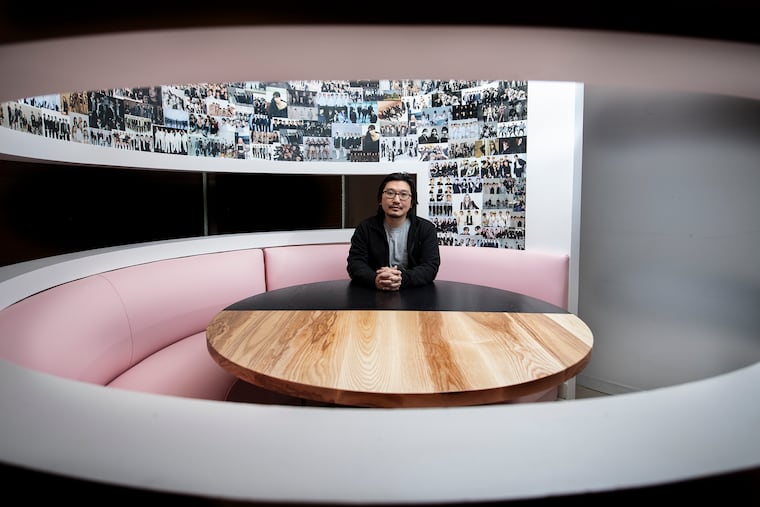Kpod updates Stephen Starr’s Pod with a new look and chef Peter Serpico’s Korean flavors
Kpod’s zeitgeist seems more contemporary, less trend-seeking. Pod’s pan-Asian menu has given way to banchan, Korean fried chicken, mandu, handrolls, ramyun, and other noodle dishes.
